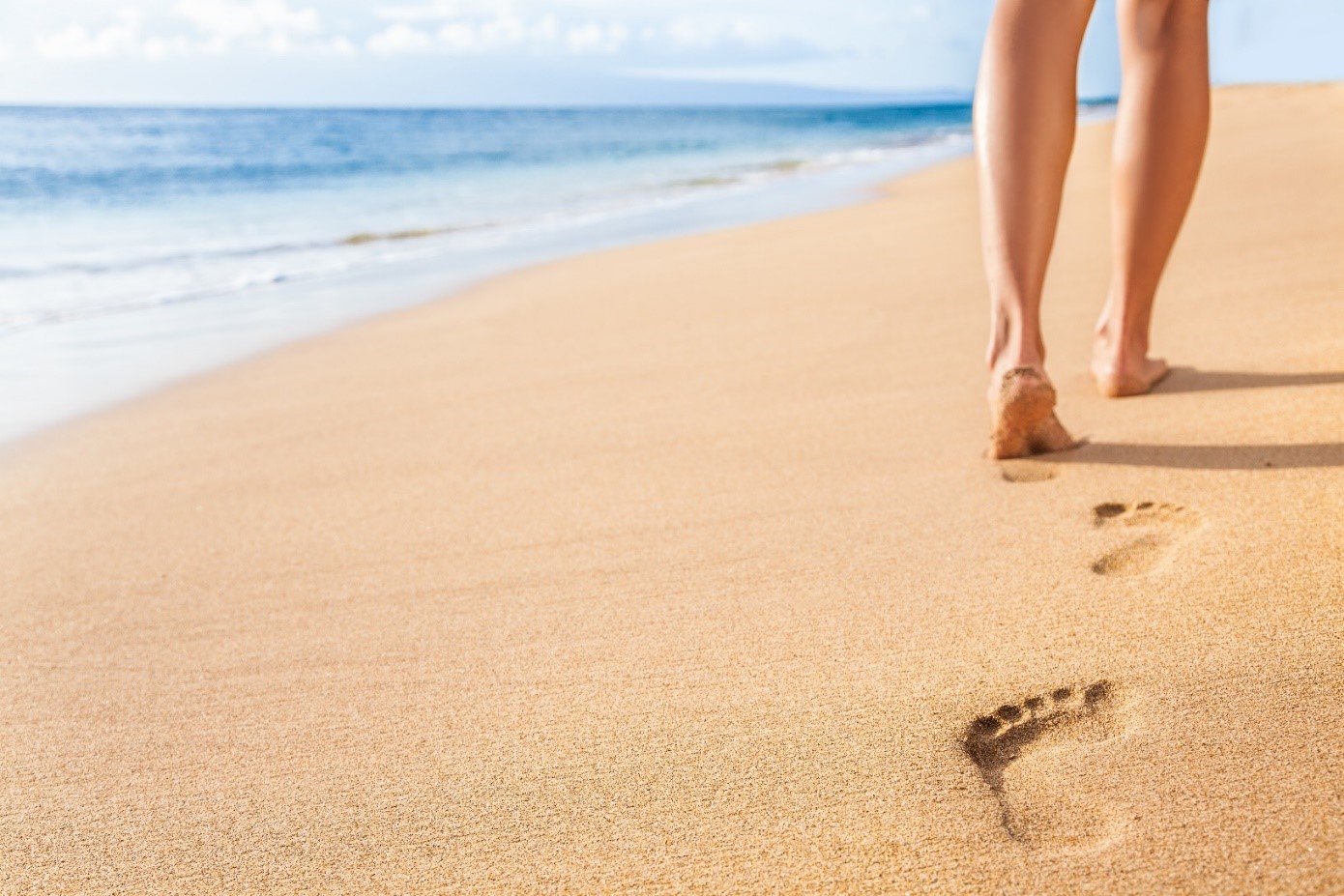Treat Your Varicose Veins over Autumn and Winter
Autumn and winter are the best seasons to get varicose veins treatment. Not only is compression hosiery (which you must wear after treatment) most tolerable in the cooler months, it can also take a few months for legs to look their best for spring and summer. At Palm Clinic, our vein care treatments are focused on comfort and confidence for your every step, and as our experts recommend, that means taking the time now to treat your legs and be ready for the warmer days to come.
Let’s explore your vein care treatment options here at Palm Clinic and why it’s best to start treatment during the cooler seasons.
How does Palm Clinic’s vein treatment work?
There are a few ways to treat varicose veins, depending on how they have formed and how severe they are. All of the treatments we offer are non-surgical and minimally invasive. This ensures the speediest recovery and the best long-term outcome.
- Radiofrequency Ablation (RFA): This is considered the gold-standard approach to treating varicose veins and is our primary vein care treatment. RFA uses radiofrequency energy to ‘ablate’ or close varicose veins, effectively re-routing the flow of blood through good veins in the legs. RFA improves venous circulation and blood flow, and reduces pain and swelling. This treatment is especially good for individuals who deal with aching pain in the leg, as it promotes faster recovery. It is minimally invasive, and no general anaesthetic or surgery is required.
- Ultrasound Guided Sclerotherapy (UGS): UGS involves the use of special ultrasound equipment to guide injections to close varicose veins. It’s especially useful for visible varicose veins, as well as spider veins or thread veins. UGS is a simple treatment for those who want to get rid of leg pain caused by swollen veins and requires minimal downtime. This treatment is also generally combined with RFA for the best results.
- Microsclerotherapy: This procedure is used for treating spider veins. A very fine needle is inserted into the vessels and small amounts of sclerosant solution are injected at several sites to close down spider veins. Treating spider veins with microsclerotherapy can sometimes result in haemosiderin staining or a bruised appearance which can take several months to fade.
- Exotherme Laser: Our Exotherme Laser is the very first of its kind in New Zealand. It is painless and a non-invasive treatment alternative to microsclerotherapy. Not only that, it is very safe and provides quick, visible results that continue to improve over four to six weeks.
Learn more about our Varicose Vein Treatments.
Why treat varicose veins in Autumn and Winter?
Your skin needs time to heal
Depending on which treatment you undergo, you can expect some bruising in the thighs as well as skin discolouration (a by-product of treated veins). There may also be some swelling, which can take three to six months to settle down. Therefore, it’s best to give your skin as much time to recover as possible. Treating varicose veins in the cooler months will help ensure that you’re ready to show off your legs come summertime.
Compression garments are more comfortable
Wearing compression socks for two weeks is a requirement after most vein care treatments. They help with the healing process as well as protect blood clots from forming in the main deep veins. As previously mentioned, compression hosiery is best tolerated in the cooler months, as wearing them in summer can be uncomfortably warm. Additionally, wearing winter clothing makes it much easier to conceal the compression socks.
Learn more about using Compression Hosiery or Stockings.
You will need some downtime
After treatment, it’s likely that you will need to avoid doing strenuous activities such as sports, heavy lifting or straining for two weeks. This will decrease the likelihood of the treated veins reopening and reversing the positive effects of treatment. The cooler months are a great time to walk frequently and take a break from more intensive exercise or training.
Learn more about Post Treatment Guidelines.
Enjoy Gold-Standard Vein Care Treatment today!
At Palm Clinic we specialise in treating varicose veins without surgery. The most modern techniques of endovenous laser ablation, radiofrequency ablation and ultrasound-guided sclerotherapy are used. Most medical insurers cover the procedure where there is medical necessity. Palm Clinic is an affiliated provider to Southern Cross HealthCare and a Preferred Provider to NIB Medical Insurance for the treatment of varicose veins which means we can process all your claims without having to ring for prior approval. Other insurers like Partners Life, UniMed and Sovereign also cover the procedure.

